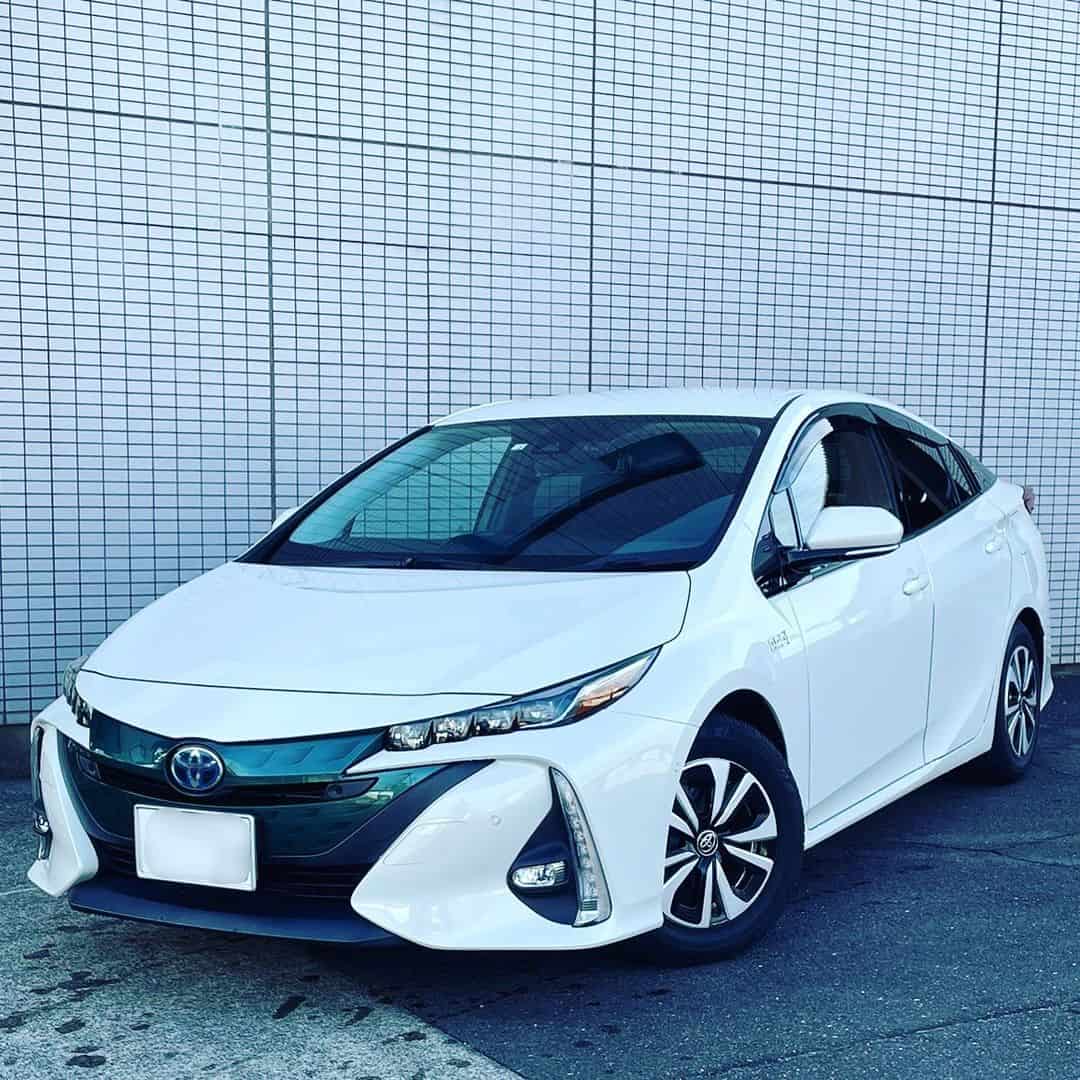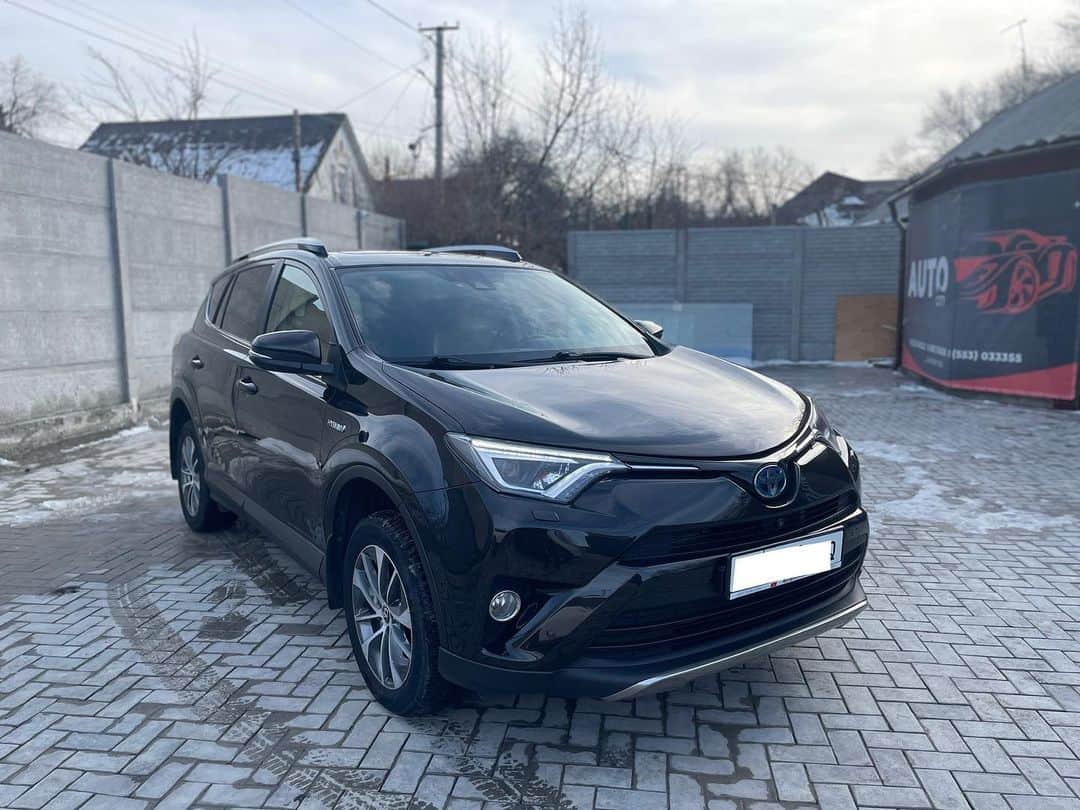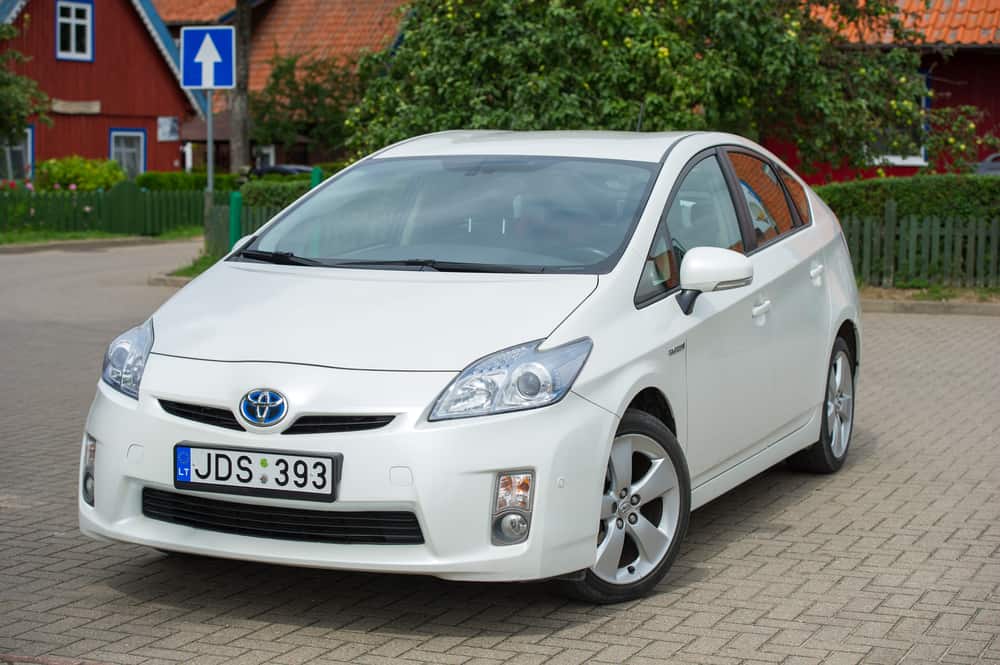The Toyota Prius is a hybrid car that has become very popular in the last decade and its models are getting better and better.
A Toyota Prius consumes half as much gasoline as a conventional car and reaches its maximum effectiveness when driving in cities and in traffic.
Its battery is also not a problem since it is charged every time the car brakes or decelerates on the road and if the power is in a critical situation, then it will be charged by the car’s engine.
However, that does not guarantee that the car will never have battery problems. Prius is very good but still not perfect and even the latest generation hybrid cars can leave you stranded if you don’t know how to maintain the battery or if you have left it sitting for a long time in the garage.
In this article, we are going to teach you how to give power to a dead Prius battery. The steps are very simple and vary slightly if we compare them with a traditional vehicle battery.
Table of Contents
Tools You’ll Need
- Jumper cables
- The engine of the Assisting vehicle(fully charged)
- Solid metallic point
Steps To Jump A Prius Battery
Step 1: Turn everything off
Before starting any procedure, we must make sure to turn off all car electrical systems. The air conditioning, the lights, the radio, the GPS, everything.
When we go to charge the battery of our car, there will be a rush of energy and this can damage our electrical system while it is on. Do not underestimate this step, because your electrical accessories may present minor damage, but it will cost you more time and money to fix them.
Step 2: Battery Inspection
Prius cars have a jump start terminal in the same fuse box, in the front of the car. The car’s big battery is in the back, but we’ll only use it if powering the car with the terminal of the Prius on the front doesn’t work.
Open the hood of the car with the hood release button found inside the car. Look for the fuse box cover and uncover it. Before spending time recharging the car battery, you should do a quick check of the fuses on the 12-volt battery.
Most Prius come with a diagram on the fusebox cover. There it tells you which fuse operates each system. So if you see that a fuse is blown, you can go to the diagram to see what is not working.
We recommend that if you have a blown fuse you call tech support to have the fuse replaced before you can give your battery a charge.
But if you check the battery and there is no evidence that any fuse is blown, then follow the next step to reactivate the battery.
Step 3: Connecting the jumper cables

Many people think that hybrid cars have batteries that never wear out or recharge themselves and do not require maintenance. There is also the belief that they cannot receive energy from a gas-powered vehicle and that is not true.
So before connecting the jumper cables, make sure you have the car that will give you power or, failing that, a jumper box to charge the batteries.
Remember that the position and order in which you put the red positive jumper cable and the black negative jumper cable matters a lot. If you do it in the opposite order you can cause an accident using an electric shock.
Especially if you are using the rear battery as it contains more than 200 volts, while the front one is only 12 volts and the consequences would not be so serious.
This is also why we will first try to recover power with the hood auxiliary terminal and not with the trunk battery.
Connection order:
- Locate the positive battery terminal. You will recognize it because it is under a red cover with a (+) sign drawn on the cover. Uncover the red cap of the positive terminal and now attach one end of the red positive cable to the positive terminal.
- Place the second red positive cable to the positive terminal of the car that is assisting you or to the jumper box that you are using.
- Attach the black negative cable to the negative battery terminal of the second vehicle and the second negative clamp to a metal piece or an unpainted piece of metal near the engine area of the car. Try to make it a flat surface and not on moving parts of the car.
Step 4: Start the car
Start the assistance vehicle’s engine and let the car warm up for a few minutes. You don’t need to go full throttle, just hold the throttle lightly for about five minutes.
Get back in your Prius and put your foot on the brake then push the car start button. If it doesn’t work the first time, you can push the button one or two more times.
That’s enough to get your Prius back to battery life. Remember that after having the car turned on you should not turn it off again.
You need to drive it for a while so that the battery can be charged. In general, it is recommended that you drive the car for about 40 kilometers or about half an hour.
Step 5: Remove wires

You must remember to remove the wires in the exact reverse order that you put them in. That is:
- The negative wire connected to the piece of metal.
- The negative wire from the negative terminal of the attendant car.
- The positive wire connected to the positive terminal of the car attendant.
- The positive wire connected to the positive terminal of your car.
If your car has not started, you can try doing the same procedure with the rear battery of the car. If despite this, the car does not start, then we advise you to call a professional or take your car to the mechanic shop of your choice.
Conclusion
Charging your car battery is very easy, you just have to be careful to put the cables in the correct terminals and make sure that the car that assists you has enough charge. Remember that hybrid systems can be recharged and despite having better batteries, these are not immune to discharge.
